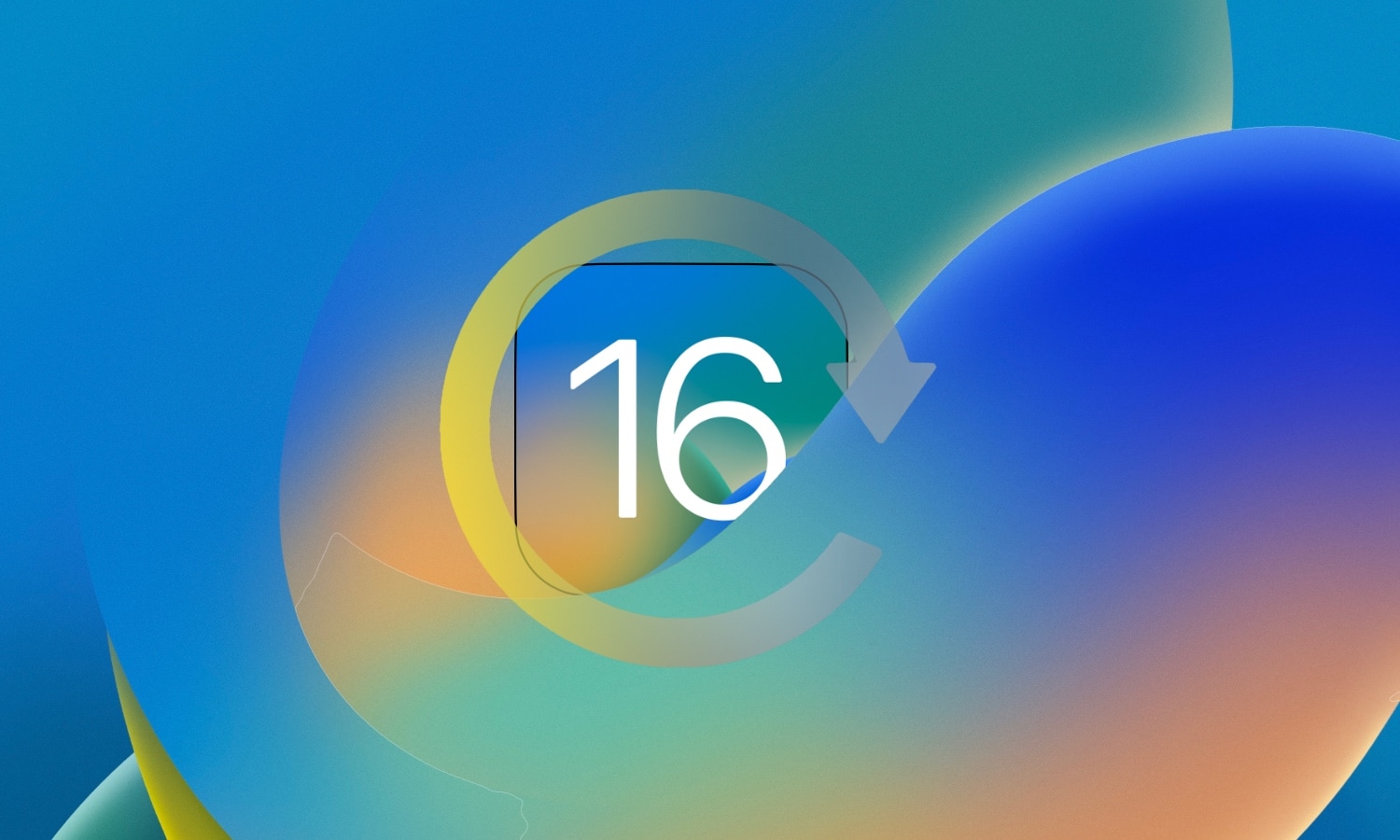Just last Thursday, Apple publicly released iOS 16.0.2 with a patchwork of bug fixes for the company’s latest mobile operating system – iOS 16. Just some of the remedies included with the update were a solution for the freaky camera vibration when using third-party apps and a resolution for the excessive clipboard permission prompts users would get upon pasting text copied from one app to another, among other things.

Predictably, Apple is responding of its release of a newer update by ceasing to sign iOS 16.0 & iOS 16.0.1, the latter of which is a firmware Apple had dropped a few days after the first iOS 16.0 release to address some iPhone 14 Pro & 14 Pro Max-related bugs. The un-signing of this firmware means that users can’t readily upgrade or downgrade to iOS 16.0 or 16.0.1 using traditional means.
Nontraditional means of upgrading and downgrading to iOS 16.0 or 16.0.1 should still work, however, and those include using the DelayOTA method (to upgrade) and the FutureRestore method (to downgrade). These options are generally more difficult than just opening iTunes or Finder and Shift or Command-clicking the Update button to install the desired firmware version, so they’re not as commonly used.
It’s in no way out of character for Apple to close the signing window for an older firmware; the company regularly follows this practice to push users into upgrading their iPhone and iPad firmware by disallowing any other option. By doing this, Apple ensures users are protected by the latest security patches, utilizing the newest bug fixes, and enjoying the trendiest features. The adoption rates also please Apple’s shareholders.
One reason why someone might not want to be forced into updating their iPhone or iPad’s firmware is for the sake of jailbreaking, which generally involves exploiting holes in the operating system’s security to install third-party mods and software known as jailbreak tweaks. These can alter the behavior of a device beyond stock parameters in ways that most users find generally pleasing.
Of course, jailbreaking isn’t the only reason why someone might want to downgrade to an older firmware, as new software can introduce annoying bugs.
We saw the above issue first-hand with iOS 16 when it caused excessive paste prompts to appear when copying and pasting from one app to another. We also witnessed it with iOS 14.7 breaking the Apple Watch’s ability to be unlocked by the host iPhone’s Touch ID authentication, and again in iOS & iPadOS 13.2 when the operating system aggressively managed backgrounded apps, sometimes interfering with the Now Playing app.
While iDB supports the idea of allowing users to downgrade their iPhone or iPad’s firmware to whatever they choose, Apple obviously doesn’t care that a chunk of its users would like this capability. Instead, they have a one-way-only policy when it comes to installing firmware updates, and apart from the limited signing window, there’s generally no official way to go back.
As always, you can use the IPSW.me website to track which firmware version(s) are being signed for your iPhone or iPad. You can also visit our Downloads section if you need to download a specific firmware file for your device.